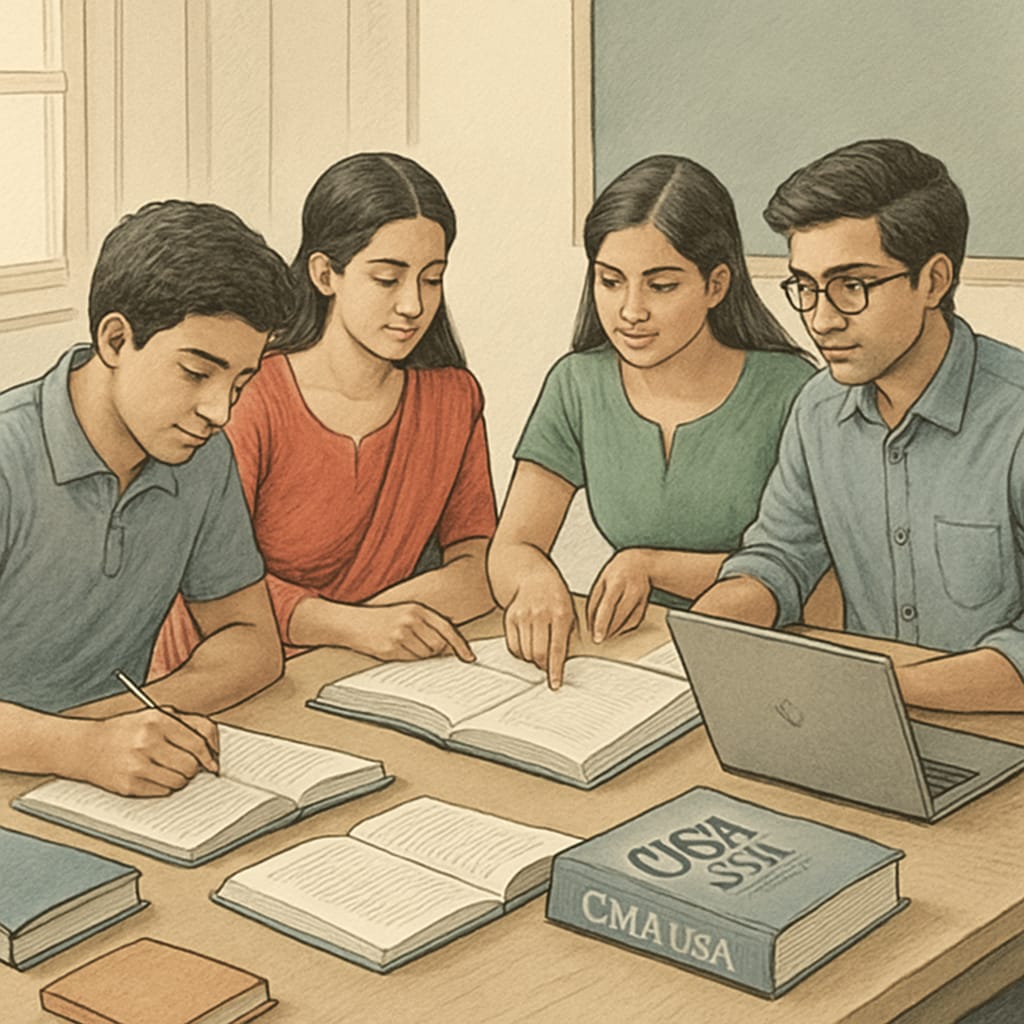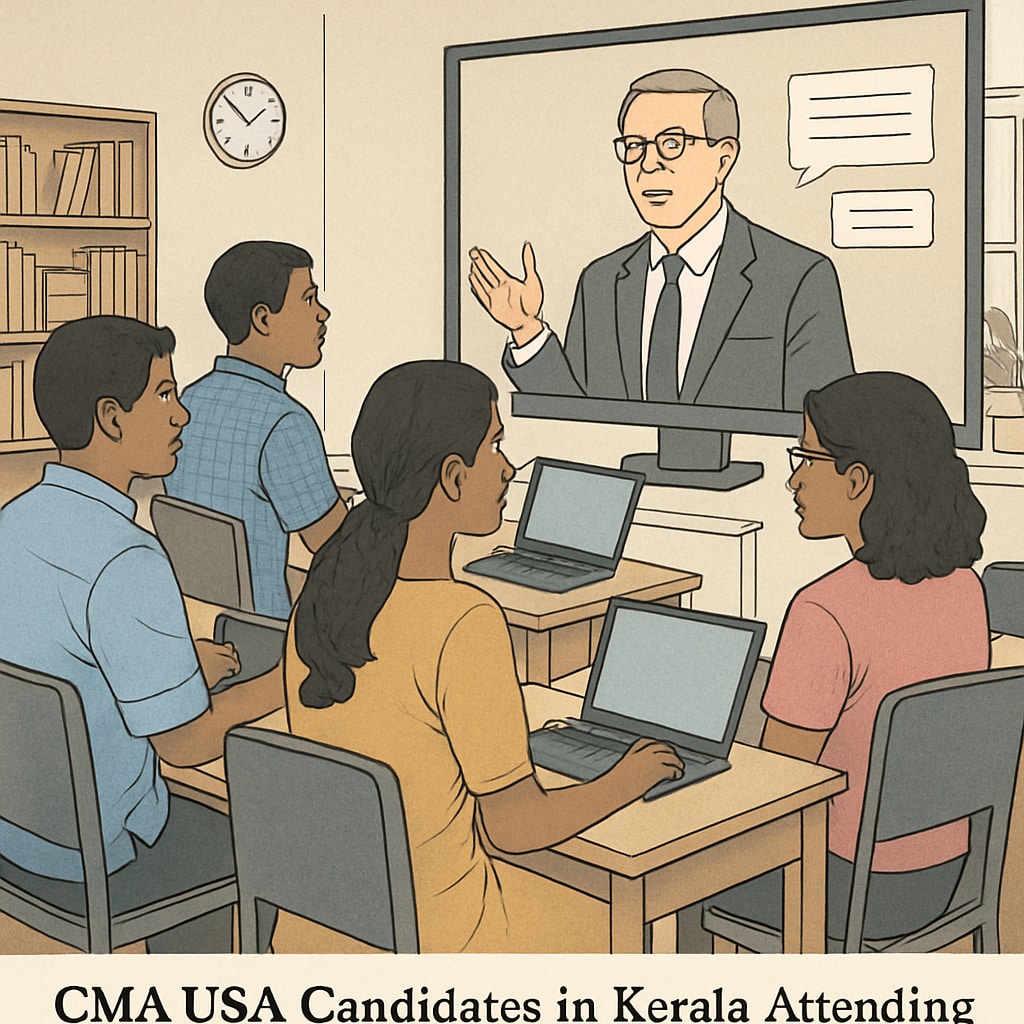For CMA USA aspirants in Kerala, building robust peer networks is essential for personal and professional growth. The Certified Management Accountant (CMA) USA certification can be challenging, but connecting with like-minded individuals in the same region can ease the journey. Peer collaboration fosters mutual support, knowledge sharing, and accountability, making it a vital element of success in a competitive field.
In this article, we discuss the significance of creating learning communities within Kerala, examine the positive impact of peer exchanges, and provide practical tips for establishing regional networks tailored to CMA USA candidates.
Why Peer Networking Matters for Kerala-Based CMA USA Aspirants
Peer networking is not just a social activity; it is a strategic tool for professional development. Connecting with fellow CMA USA candidates in Kerala allows individuals to share resources, clarify complex topics, and practice real-world scenarios together. These collaborations can significantly enhance preparation and boost confidence before exams or job interviews.
For example, study groups can divide challenging topics such as financial reporting, cost management, or strategy analysis among members for better understanding. Additionally, networking can open doors to mentorship opportunities, career advice, and even job referrals from peers who have already navigated similar paths.

Steps to Build a Regional Learning Network
Building a successful peer network in Kerala requires intentional effort. Here are actionable steps to get started:
- Identify potential members: Reach out to CMA USA aspirants in your locality through professional platforms like LinkedIn or educational forums.
- Organize regular meetups: Host monthly study sessions or webinars to discuss syllabus updates, exam strategies, or industry trends.
- Leverage online tools: Use collaboration tools such as Google Meet, Zoom, or WhatsApp groups to stay connected despite geographical barriers.
- Invite guest speakers: Occasionally bring in CMA-certified professionals to share their experiences and provide practical tips.
- Focus on inclusivity: Ensure the group welcomes diverse perspectives and accommodates different schedules for maximum participation.
By following these steps, Kerala-based CMA USA aspirants can create a supportive ecosystem that empowers everyone involved.
The Benefits of Regional Peer Exchanges
Engaging in peer exchanges within Kerala offers several advantages:
- Improved Learning Outcomes: Collaborative learning leads to deeper understanding and retention of complex concepts.
- Enhanced Confidence: Practicing with peers reduces exam anxiety and improves presentation skills.
- Access to Shared Resources: Members can pool study materials, books, and online subscriptions, reducing individual costs.
- Career Growth: Networking can lead to job opportunities, internships, and professional recommendations.
As a result, the collective strength of a peer network becomes an invaluable resource for CMA USA aspirants in Kerala.

How to Maintain and Expand Your Network
Once a peer network is established, maintaining and expanding it is crucial for long-term success. Here’s how:
- Consistency: Schedule regular meetings and ensure active participation from all members.
- Adaptability: Introduce new tools and formats based on evolving needs, such as interactive quizzes or case studies.
- Feedback Mechanism: Encourage members to provide suggestions for improving group activities.
- Outreach: Collaborate with CMA USA coaching centers or educational institutions in Kerala to attract new members.
- Celebrate Achievements: Acknowledge milestones such as passing exams or securing jobs to motivate members.
By focusing on these aspects, networks can remain vibrant, sustainable, and beneficial for all participants.
Readability guidance: Use short paragraphs and clear lists to summarize key points. Ensure smooth transitions between sections. Incorporate actionable tips to maintain engagement.


